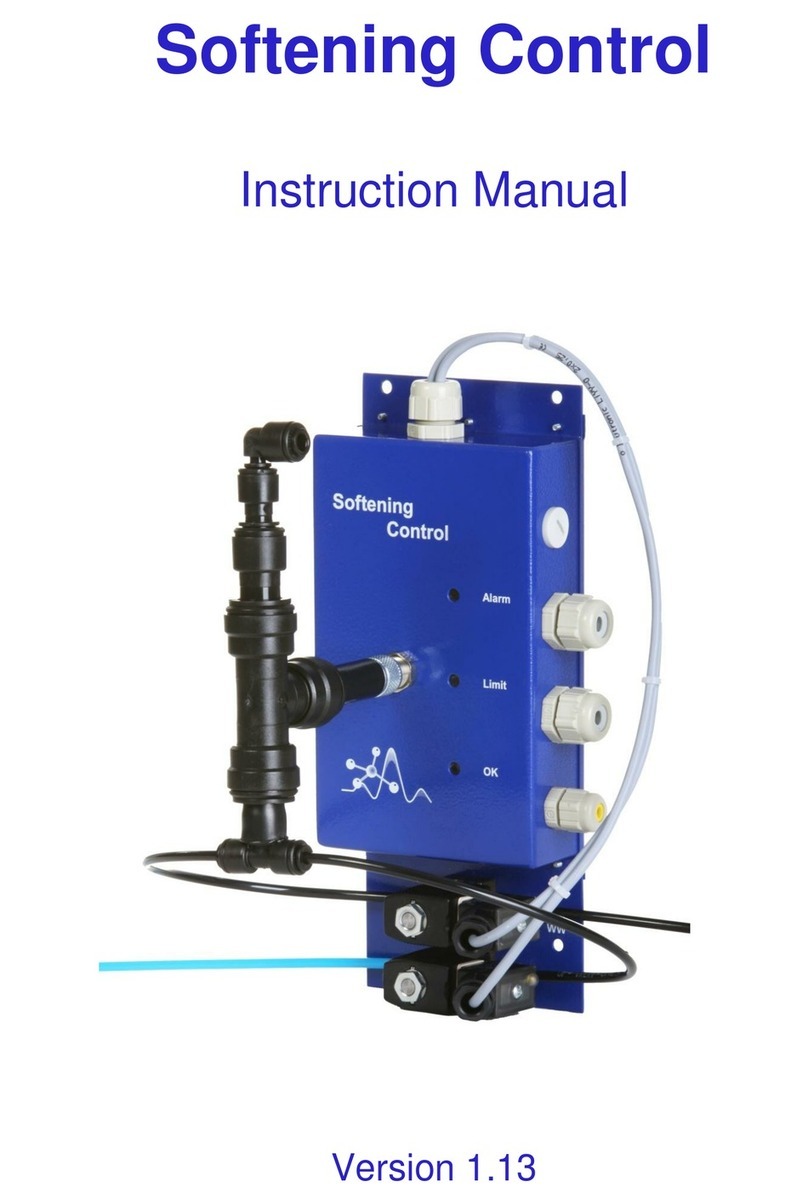3
Table of contents
1. Manufacturer................................................................................................................4
2. Overview......................................................................................................................4
3. Guarantee .....................................................................................................................4
4. Liability........................................................................................................................4
5. License conditions........................................................................................................4
6. General safety instructions...........................................................................................4
7. LAB-Pocket meter case ...............................................................................................6
8. Device description........................................................................................................7
9. Initial set up / operation ...............................................................................................7
10. Operation......................................................................................................................7
10.1 Operating elements and connections............................................................................7
10.1.1. Key pad ........................................................................................................................7
10.1.2. Display.........................................................................................................................8
10.1.3. Status information hand-held meter.............................................................................9
10.1.4. Socket panel.................................................................................................................9
10.2 Switch on the hand-held meter.....................................................................................9
10.3 Switch off the hand-held meter..................................................................................10
10.4 Navigation / Program guides......................................................................................10
11. Calibration..................................................................................................................10
11.1. Temperature pH / O2 .................................................................................................11
11.2. pH value.....................................................................................................................12
11.3. Oxygen value .............................................................................................................13
12. Special functions........................................................................................................14
12.1. Determination acid capacity.......................................................................................14
12.2. Determination total hardness .....................................................................................16
13. Sensor information.....................................................................................................17
14. Measurement sites / measurement data......................................................................17
15. Measurement units.....................................................................................................20
16. Options.......................................................................................................................22
17. About us.....................................................................................................................23
18. Maintenance / Cleaning / Storage..............................................................................23
19. Error messages...........................................................................................................23
20. Explanations in other languages - abbreviated version..............................................24
21. Scope of delivery .......................................................................................................25
22. Technical data ............................................................................................................26




























